If you’re not into new gadgets, you may as well skip on by this post. I’d been eyeing this new thingamabob for several months and finally decided to bite.
The company that makes Lékué is in Spain. And when you try to SAY the word, speak it fast – you don’t languish the word out but quick step it fast. The product appears to be made of silicone (like Silpats, for instance – it has a similar feel to it), but nothing says exactly what or how. Other than it can withstand microwaving at 800 watts and the oven up to 400° F. It’s not a hard surface – it’s very soft and pliable but sturdy enough to stay put, although if you have food in the steam case (that’s what I bought – they have lots of other products as well) it will bend. Hence you walk from counter to microwave holding both ends of the Lekue Steam Case with Tray for 1 to 2 Persons.
Obviously the products have met the standards of the EU, since it’s manufactured in Spain. Everything says its very safe for storing, cooking, baking and microwaving. I’ll take their word for it since the EU is far more strict about these kinds of things than we are here in the U.S. Photo at left is from the company’s website. (Yes, they make them in green like mine, or orange or clear.)
What you see there is the smaller of the two types of steam cases. It has a slightly rounded bottom, but the little soft, silicone tray sits inside it (removable because you can cook without it).
Since I’m retired, you’d think I’d have endless time on my hands to cook whatever and whenever with no concern for the time involved. Not so. I don’t know how I found time to work, back when I did. I’m SO busy. I treasure my time at home on the occasional day when I don’t have any plans. The evening I used my new steam case I was pressed for time. I’m guessing you are also, so ride along with me as I explain how I made dinner in about 15 minutes flat.
There you can see my about-to-be cooked dinner. The tray thing is in the bottom – the fish is sitting on it.
Into the bottom I poured in about 1/3 cup of water, then I squeezed a half of a lemon in the water also. The water or liquid is below the tray and although the tray has holes in it, the fluid didn’t come up over the edges. The tray went in and I gently placed the fish on top.
I sprinkled the top of the salmon with kosher salt and freshly ground black pepper, then I spread about 2 teaspoons of butter as best I could all over the salmon. That part was a bit difficult because the salmon was moist and the butter, although soft, didn’t really want to spread. You can see how well I did there in the top photo.
Next I drizzled the top of the salmon with a little tiny bit of olive oil. I don’t exactly know why since I’d already spread butter on it, but the recipe said to use both. Okay.
Then I sprinkled about a tablespoon of capers on top of that and sprinkled about a tablespoon or more of freshly chopped Italian parsley on top of that. The lid was closed. Easy. Up to this point I think it took me about 2 minutes, including the time it took to walk out to the garden to find Italian parsley. Well, I may be a little off – maybe 3 minutes total.
Into the microwave it went to 2 minutes. I do need to go find my instruction booklet for my Dacor microwave because I think mine is higher wattage than 800, and the recipes are all for 800 watts. So I might need to cook whatever I do make in this at a lower power setting.
The recipe I followed was for fillet of sole, and my salmon was actually quite thin – not much thicker than sole, but I did cook it for 2 minutes, rather than the 1 1/2 minutes suggested for the sole. And sure enough, it was perfectly cooked. Wow.
The rest of the dinner was all ready (yellow crookneck squash and a big green salad with lots of vegetables in it and my favorite Creamy Garlic Blue Cheese Dressing that I make many times a year). I quick-like dished up the vegetables and the salad, then lastly I put the salmon out on our dinner plates and we sat down. It might have been better had I taken the steam case to the dinner table – it would stay hotter longer – but it was still piping hot when we ate our first bites.
What’s GOOD: first and foremost, the speed at which I got this dinner on the table. Wow. The vegetables were left overs, so all I had to do was warm them up. The salad took about 15 minutes to make. The recipe was a good one – we could taste the citrusy aspect of this, and of course, the capers give it lots of flavor anyway. Sometimes fish is just best done the simplest way. It was juicy and tender. Only a couple of little edges (that leaned up against the inside wall of the steam case) were a bit overcooked, but still edible. I’ll watch that next time. So far so good, I’d say, with my new cooking utensil investment. I’ll be trying other dishes. One intrigues me – you can make scalloped potatoes (like au gratin) in no time flat.
What’s NOT: so far, nothing at all. I like this thing, this Lékué and I liked the recipe.
printer-friendly CutePDF
Files: MasterCook 5+ and MasterCook 14 (click link to open in MC)
* Exported from MasterCook *
Steamed Salmon with Capers in the Lékué
Recipe By: Adapted from the Lekue cookbook
Serving Size: 2
10 ounces salmon fillets
2 tablespoons water Juice of 1/2 lemon
Salt and freshly ground black pepper to taste
2 teaspoons soft butter
2 teaspoons olive oil
1 tablespoon capers — drained and rinsed
1 tablespoon Italian parsley — divided use
1. Using the small (1-2 person serving) Lekue case, pour in water and lemon juice. Insert tray.
2. Place salmon fillet on top of the tray and sprinkle with salt and pepper.
3. Spread the fish with the butter and drizzle with olive oil.
4. Add capers and half of the Italian parsley. Fold lids closed.
5. Microwave at 800 watts for 2 minutes (if using thicker salmon, it will take longer). Remove Likue case from microwave and leave the lid closed for one minute longer (it continues to cook).
6. Serve on heated plates and garnish with additional parsley and lemon wedges, if desired.
Per Serving: 228 Calories; 12g Fat (48.6% calories from fat); 28g Protein; trace Carbohydrate; trace Dietary Fiber; 81mg Cholesterol; 161mg Sodium.





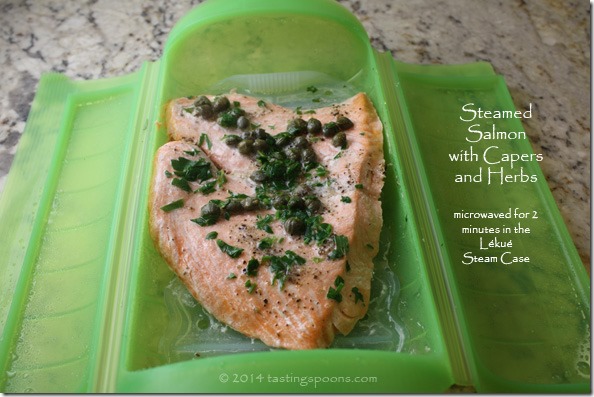
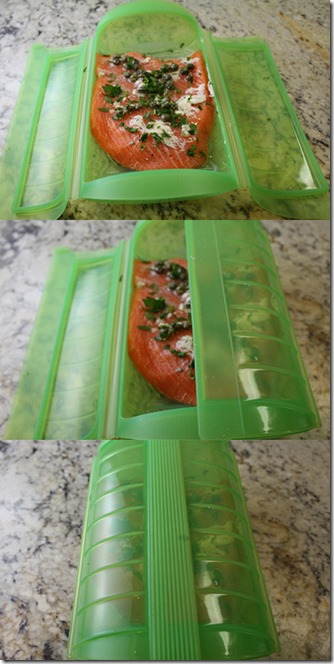

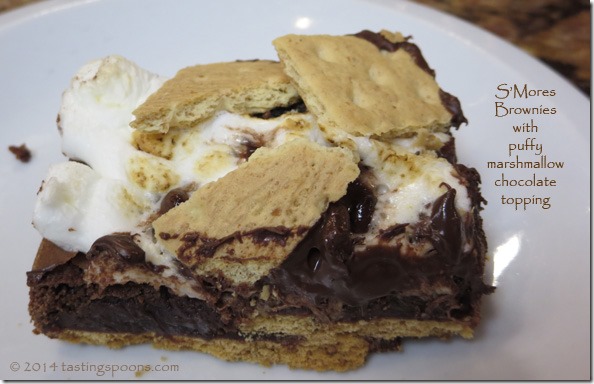
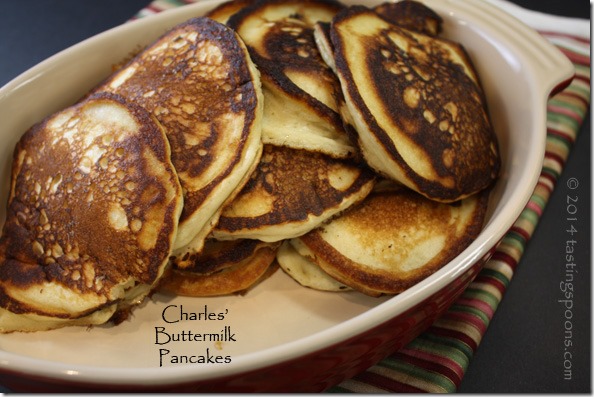
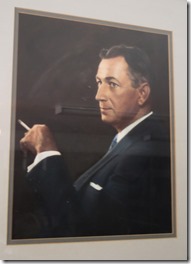
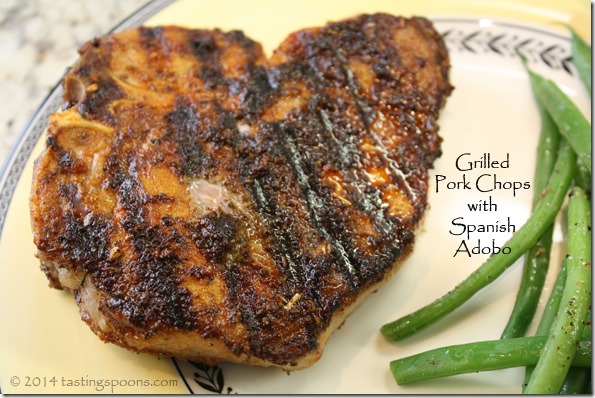
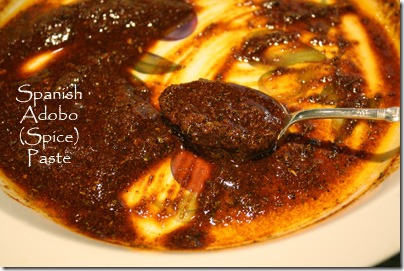

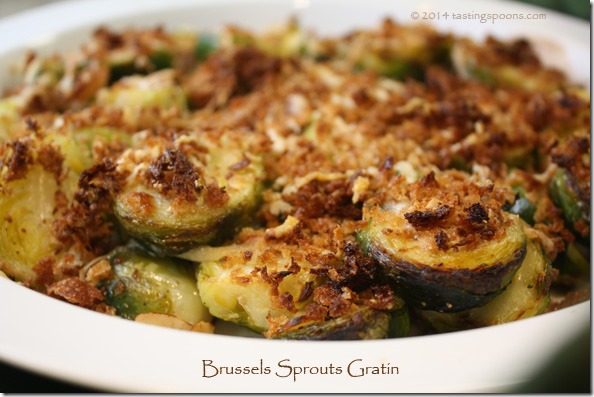
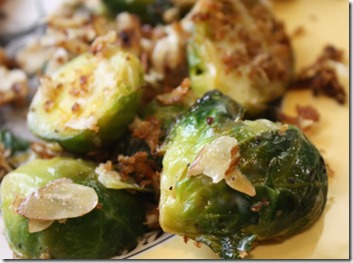
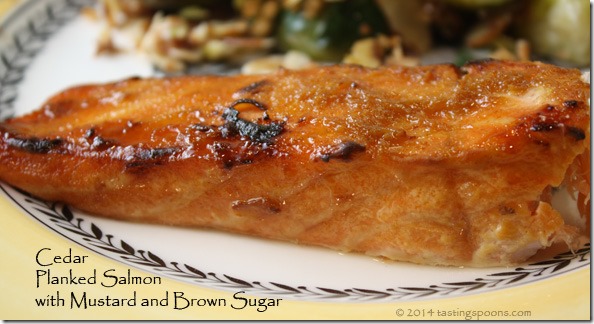
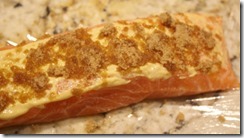
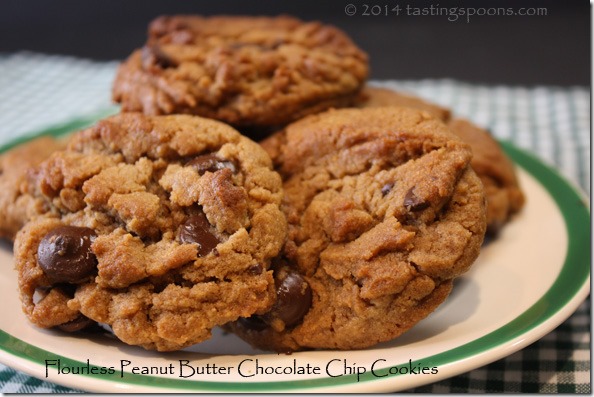
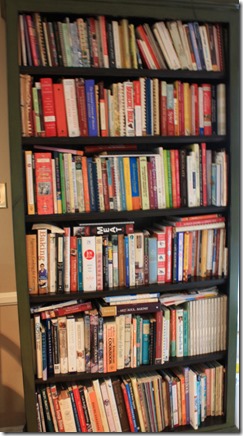
 To get back to the reason I started this post, on the Eat Your Books blog, they discussed a Cookbook Tree of Life that has been created by Anne Willan (the print pictured at left, photo from the La Varenne website). I immediately clicked through to the
To get back to the reason I started this post, on the Eat Your Books blog, they discussed a Cookbook Tree of Life that has been created by Anne Willan (the print pictured at left, photo from the La Varenne website). I immediately clicked through to the
Leave a Comment!